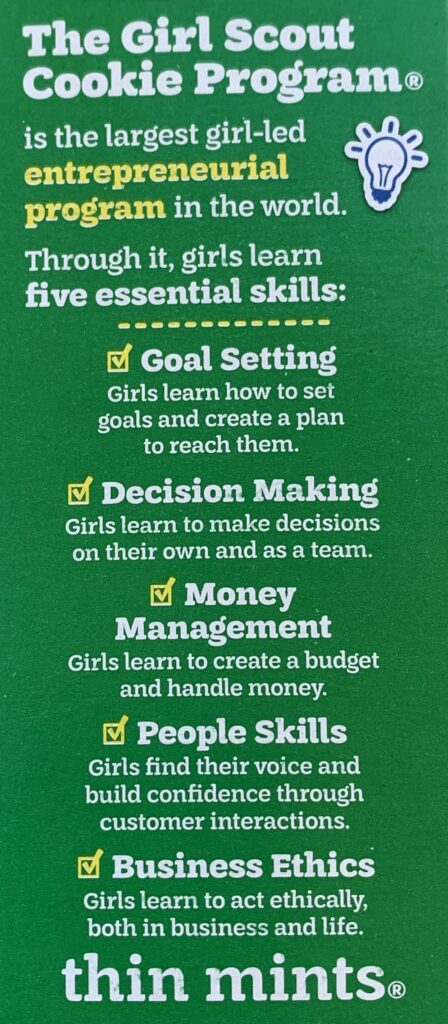
A Quick Reflection from Karen Pittman
Stephanie Malia Krauss is right. Social-emotional-learning-should-not-be-the-next-target-in-america-s-culture-wars. Educators have always valued and reinforced social and emotional skill-building. What is new is not the commitment, it’s the increased use of the acronym SEL, rather than terms like life skills or 21st century skills, or even soft skills. None were perfect, but they conveyed enough meaning that they were difficult to weaponize. Unlike SEL, these terms were associated less with specific teaching practices and assessments and more with general goals and approaches used by employers and community-based youth organizations.
As unsettling as it is to think that our schools are going to become SEL battlegrounds, it is even more unsettling to think that youth organizations may be sucked into this debate because they adopted the SEL acronym in part to achieve greater alignment with and relevance within schools.
K-12’s emphasis on practices that build social-emotional skills (including creating positive climate & culture, explicit instruction, and integration of topics) definitely presents an opportunity for the youth development field to claim its century old history, align definitions, and step up its game. There is no doubt that youth programming (under any acronym) can be more intentionally focused not just on practice of social, emotional, and cognitive skills, but on demonstrable skill growth. No doubt that more research and evaluation studies are needed. And no doubt that the challenges associated with scaling effective strategic partnerships between two incredibly different systems need to be named and addressed.
What we must recognize is that these leverage opportunities are not tied to adoption of an acronym. I have made the case repeatedly that the “wall softening” between school, family, and community that began prior to COVID and accelerated during the pandemic is, first and foremost, an opportunity to show how to gain youth and families’ confidence by using plain English to explain what we do and how we do it.
I could pause at this point to cite research articles. Instead, let me ask you to reflect on the evidence on my kitchen table:
An open box of Girl Scout cookies (thin mints).

The mission of Girl Scouts is to build girls with courage, confidence and character who make the world a better place. Scouts and Scout leaders would tell you that they’re not just selling cookies, they’re building girls’ business skills as a part of the largest girl-led entrepreneurial program in the world in which girls set goals, make decisions, manage money, and sharpen people skills, and practice business ethics. They would talk to you about their commitments to help girls’ build life skills, build scientific know-how, seek adventure and build business smarts.
If your purchase was in person, your Girl Scout might have talked with you about her skill-building experience as you completed your purchase. These are not just abstract goals. They are a part of the culture. And they are on the box.
I really do try not to say I told you so. But I can’t resist this time. When we move beyond acronyms to look carefully at the specifics of the learner profiles that parents, educators, researchers, and policy makers curate I, like you, see not only incredible overlap, but consistent agreement.
More importantly, I sense an opportunity to activate broad, cross-system adoption of the positive youth development approach that has undergirded youth programs for more than a century and was formally adopted by the federal government in the late 1990s. The language isn’t catchy. It isn’t short. But it’s accurate.
The Interagency Working Group on Youth Programs defines Positive Youth Development as:
“an intentional, prosocial approach that engages youth within their communities, schools, organizations, peer groups, and families in a manner that is productive and constructive; recognizes, utilizes, and enhances young people’s strengths; and promotes positive outcomes for young people by providing opportunities, fostering positive relationships, and furnishing the support needed to build on their leadership strengths.”
Some, including the ITWGYP, refer to the approach as PYD. But, please, let’s not introduce another acronym! Let’s just embrace the approach. It isn’t about a curriculum, or a program, or a system. It’s about creating safe, supportive, stimulating, socially relevant opportunities for young people to engage with peers and adults in ways that challenge them to act and reflect, learn and contribute. It’s an approach that is seen as more, not less, relevant for working with youth who “present with problems.” Yes, it’s about learning through doing, about growing through trying, about building the confidence to make connections and to name and use competencies.
So, let me echo my friend Stephanie’s advice:
Avoid acronyms. Eliminate acrimony. Celebrate assets. Who doesn’t want girls (and boys, and non-binary youth) who are go-getters, innovators, risk-takers, and leaders?




No comment yet, add your voice below!